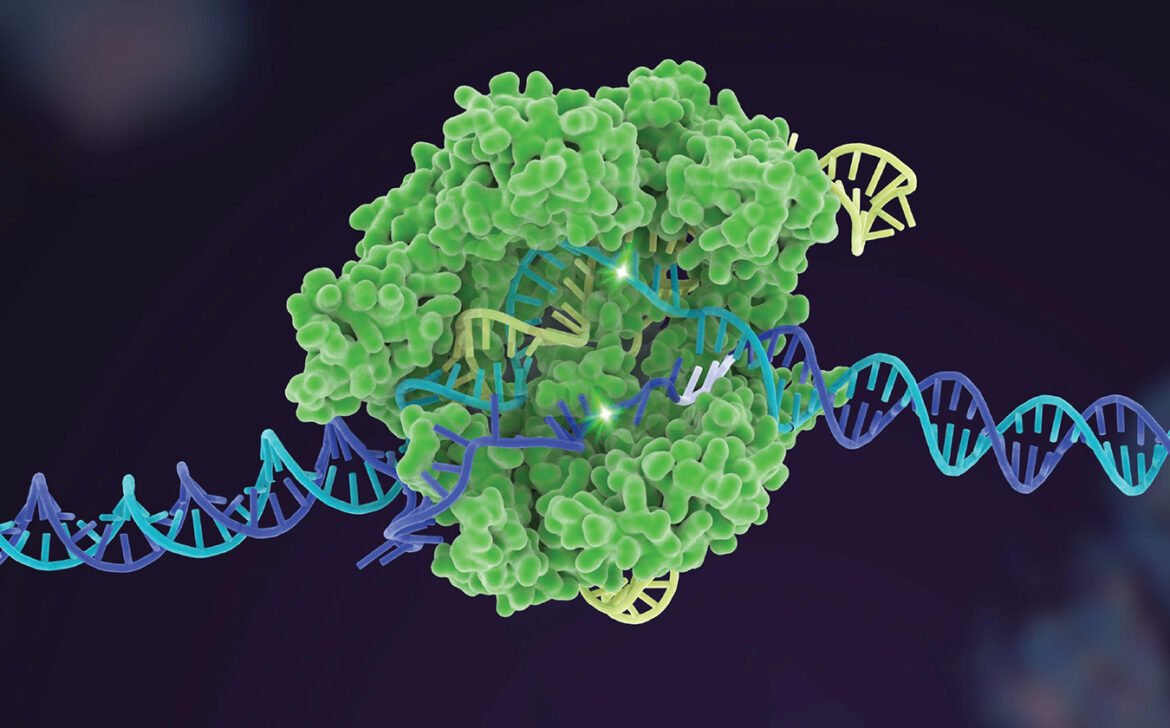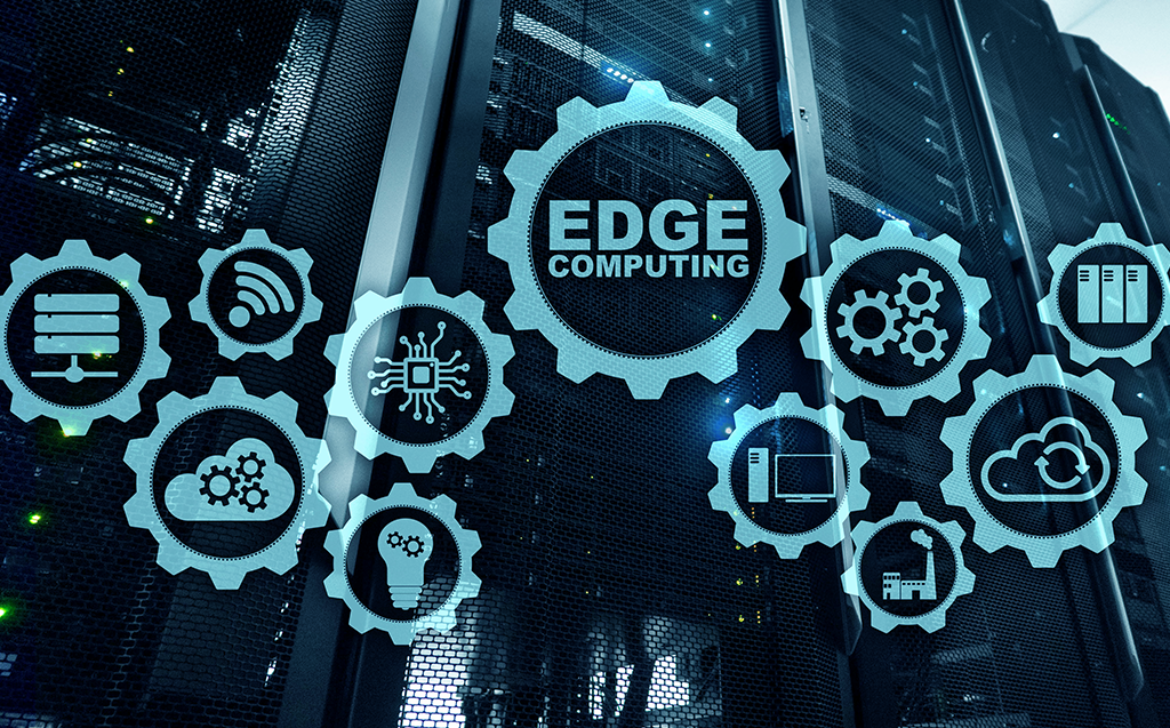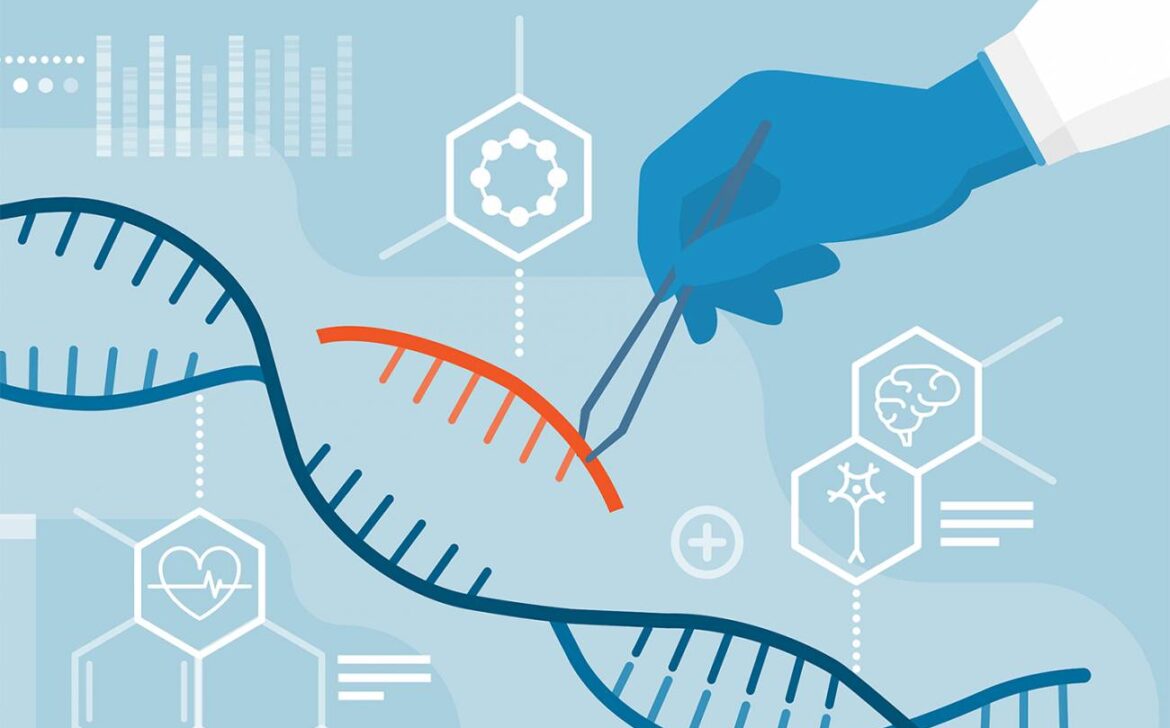Unraveling Global Supply Chain Disruptions: Causes and Consequences
The global economy is intricately woven together by complex supply chains that span continents, connecting manufacturers, suppliers, and consumers. However, recent times have exposed the vulnerabilities of these intricate networks. This article delves into the causes and far-reaching consequences of the disruptions that have reverberated through the global supply chains.
Causes of Global Supply Chain Disruptions:
- Pandemic Shockwaves: The COVID-19 pandemic triggered an unprecedented global crisis, halting production, closing borders, and causing labor shortages, disrupting supply chains on an unprecedented scale.
- Transportation Woes: Lockdowns and restrictions led to reduced air, sea, and land transportation capacity, causing delays and congestion in moving goods.
- Raw Material Shortages: Interruptions in the production and transportation of essential raw materials, including semiconductor chips, metals, and plastics, disrupted the manufacturing process.
- Labor Shortages: Lockdowns, worker quarantines, and migration challenges led to labor shortages, hampering factory operations and reducing output.
- Logistical Bottlenecks: Congested ports, container shortages, and logistical inefficiencies caused delays in shipping and hindered the flow of goods.
Consequences of Global Supply Chain Disruptions:
- Production Halts: Manufacturers across industries had to halt or reduce production due to the unavailability of raw materials, impacting economies and consumer goods.
- Price Fluctuations: Supply shortages resulted in price fluctuations, affecting everything from electronics to food products, leading to inflation concerns.
- Delayed Deliveries: Consumers faced delayed deliveries of products ranging from electronics to daily essentials, impacting customer satisfaction.
- Business Failures: Small businesses and startups faced financial distress as they struggled to navigate the disruptions, leading to closures and job losses.
- Dependency Awareness: The crisis highlighted the overreliance on a few key suppliers and regions, prompting a reevaluation of diversification strategies.
- Shift in Demand: Changes in consumer behavior, such as increased online shopping and remote work, shifted demand dynamics, requiring quick adjustments.
- Supply Chain Resilience Focus: Businesses and governments recognized the need for building more resilient supply chains, emphasizing flexibility and risk management.
- Rethinking Globalization: The disruptions prompted a reconsideration of the benefits and risks of globalization, urging a balance between efficiency and resilience.
The disruptions in global supply chains serve as a stark reminder of the interconnectedness and complexity of today’s economy. While these challenges have caused widespread upheaval, they have also illuminated the need for adaptability, diversification, and resilience in supply chain management. As businesses, governments, and industries learn from the lessons of this crisis, the pursuit of stronger, more resilient supply chains becomes an imperative to ensure stability and continuity in the face of future uncertainties.









